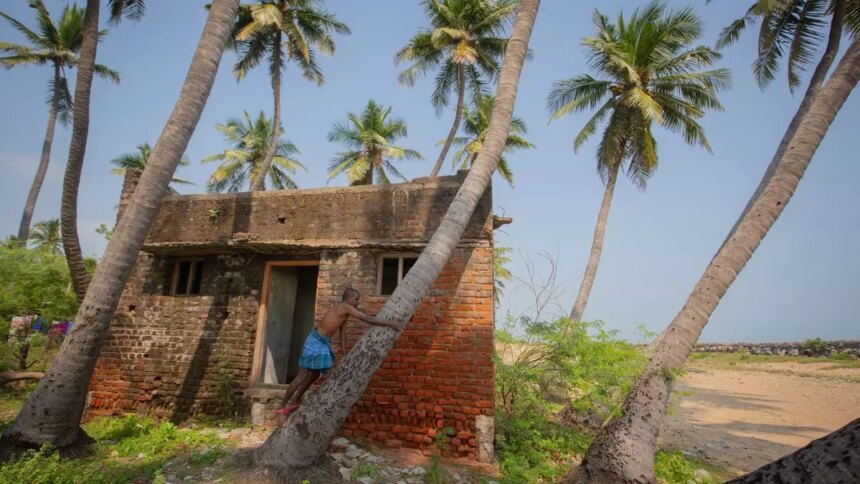Tamil Nadu, West Bengal, and Bihar are among ten states that have yet to participate in the central government’s SVAMITVA scheme, which aims to map inhabited areas in villages and issue property cards to rightful owners. This initiative is designed to reduce rural land disputes, facilitate property monetization, and improve governance.
The states have cited various reasons for their reluctance to adopt the SVAMITVA scheme, which utilizes drones for household identification in populated village areas. Of the 344,868 villages across India, surveys have already been completed in 317,460, resulting in the issuance of 21,976,097 property cards, as reported by sources from the Ministry of Panchayati Raj.
Property cards are prepared according to state-specific rules or acts and are recognized by banks. For instance, Tamil Nadu has informed the Ministry of Panchayati Raj that it cannot implement the scheme because it already possesses valid administrative records of ‘Natham’ areas that can be used to secure bank loans.
Similarly, Bihar chose not to participate due to an ongoing state program. Under the Bihar Special Survey and Settlement Act of 2011 and the corresponding rules from 2012, a comprehensive survey of the entire state has been in progress since 2013, generating maps and recording property rights.
West Bengal has not yet communicated its decision to the central government, although existing records for inhabited areas are already available within the state. Meanwhile, Jharkhand has paused its involvement in the scheme due to potential conflicts with existing property rights laws, specifically the Santhal Pargana and Chhota Nagpur Tenancy Acts.
States like Odisha and Assam have opted for limited implementation of the scheme. Odisha has restricted access to drone surveys in only 3,356 villages across eight districts, citing the existence of prior records in other areas. Assam has opened up 1,074 villages outside of the Autonomous District Council regions, which were established to safeguard the cultural identity and natural resources of its tribal communities.
Nagaland and Meghalaya have yet to clarify their positions to the Ministry regarding the scheme. The overarching goal is to complete land surveys in rural regions that have remained unaddressed for decades, thus fostering economic development by providing clear property rights to villagers.
Currently, 92 percent of the survey work has been accomplished through collaboration between the Ministry, state revenue departments, and Panchayati Raj institutions, with a target completion date set for March 2026.
However, several states, including Uttar Pradesh, have not included agricultural lands where villagers have built their homes within the defined abadi areas. These sections of inhabited land remain unaddressed by the scheme, and it is up to the respective states to amend their regulations to provide property cards to these villagers.
On December 27, Prime Minister Narendra Modi was scheduled to distribute over 50 lakh property cards to villagers across more than 46,000 villages in 200 districts, spanning ten states and two Union Territories, via video conferencing. However, this event was postponed due to the passing of his predecessor, Dr. Manmohan Singh.
The total area surveyed across the 317,000 villages amounts to 67,000 square kilometers, representing an estimated economic value of ₹132 lakh crore. The scheme encompasses various benefits, including facilitating property monetization, enabling access to bank loans, reducing property disputes, and promoting comprehensive village planning. These efforts are seen as crucial steps toward achieving true Gram Swaraj and fostering self-sufficiency in rural India.










